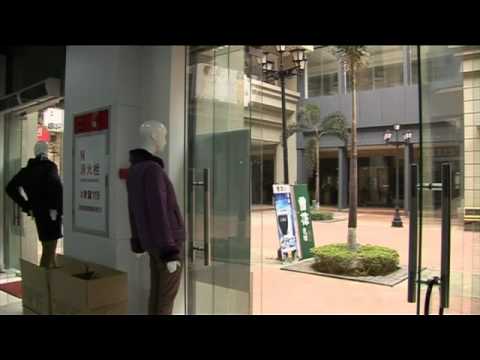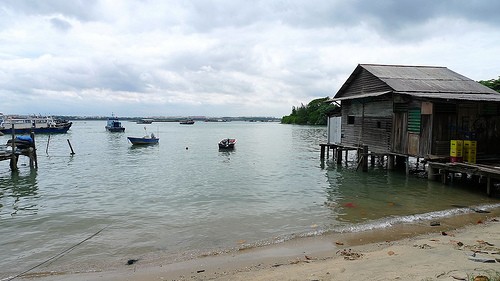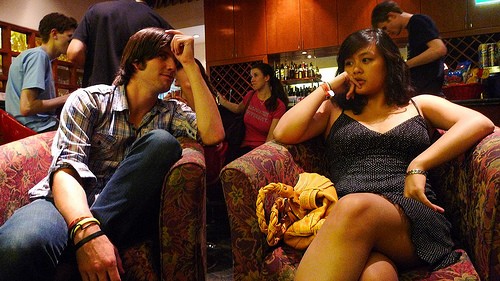The Australian broadcasters SBS released a report of the purported Chinese real estate bubble. Throughout several parts of China, ghost towns and malls are cropping up. They aren’t like American ghost towns, but rather a government-backed attempt at rapid development in places nobody wants –or can afford– to live.
Just behind my apartment compound lies a shikumen waiting to be demolished. Convenience stores, noodle shops and apartments have been boarded up in the traditional Chinese community space since I moved to Shanghai several months ago. From what I can discern, the area was built in 1923, well before the Communist takeover of China. Bathrooms, sinks and kitchens are all shared and the living conditions are actually quite poor. Many of the buildings have fallen into disrepair and a view from my apartment on the 24th floor reveals that many buildings have their roofs missing or caved in while as many still live there.

Buildings like these are a distinct part of Shanghai’s history. As China, and especially Shanghai, continues to develop, the government has tried to increase living conditions of its citizens. So, it’s no secret that the government would slate these building for demolition to eventually build something more profitable.
However, the problem is that people have spent several generations living in theses neighborhoods. When they are demolished, many will be forced to relocate elsewhere around the city of 23 million people. Most of the time they are sent to the suburban outskirts and that new flat patch of dirt is turned into an expensive apartment compound or shopping mall. As the SBS report showed, its former residents are assuredly unable to afford whatever will replace the shikumen. In fact, a recent report from the Chinese government revealed the number one cause for social unrest in the PRC is home demolition and forced relocation.
There are a few renovated shikumens still standing in the city, but they aren’t meant for living. Tourist and shopping areas like Xintiandi and Tianzifang have created idyllic shikumen enclaves laden with shops, cafes and restaurants to create a Disney park sort of feeling.
The next few months should be interesting as an area adjacent to my apartment complex (and dilapidated shikumen) has been under construction. I haven’t been living here long enough to know what was there before, but it was likely a large living space. Those who live next door have a glimpse into the future of what their homes will soon become.
There are some photos online of the construction site from the Embankment Building down the street (via MovingCities). The only information I can find about the construction site are signs along the road which read, OCT Suhe Creek. Some googling helped me find out it is actually an art space. However, I doubt the entire area will be an art space, as the land is simply too valuable. Only the steamroller that is progress will show us what’s next for .



